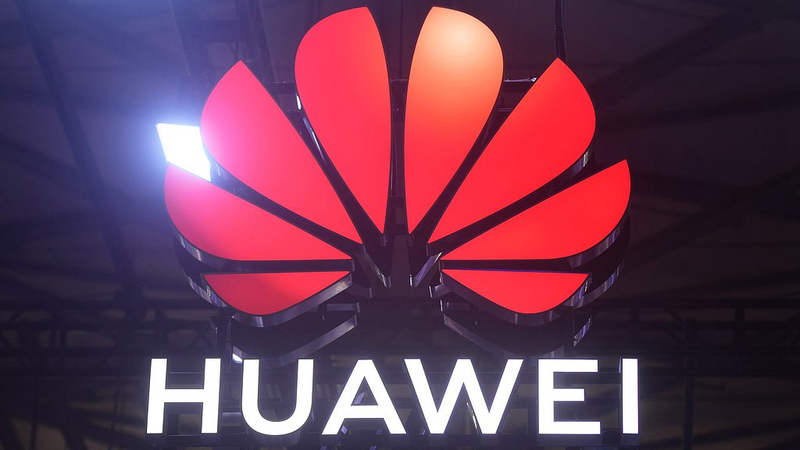At the annual Huawei Connect conference in Shanghai, Huawei rolled out its most powerful AI computing clusters to date, calling them a major leap forward for high-performance AI workloads.
Under a 'supernode + supercluster' design, Huawei's new Atlas 950 SuperPoD and Atlas 960 SuperPoD supernodes pack 8,192 and 15,488 Ascend chips respectively, delivering top-tier computing power, memory capacity, and interconnect bandwidth. This architecture builds on the proven Atlas 900, of which over 300 units are already serving customers across internet, telecom and manufacturing sectors.
Looking ahead, Huawei plans to launch the Atlas 950 SuperPoD in Q4 2026, the Atlas 960 SuperPoD in Q4 2027, and a next-generation Atlas 970 model by 2028. These supernodes form the backbone of the Atlas 950 SuperCluster and Atlas 960 SuperCluster, which harness 500,000 and 1 million Ascend chips respectively.
By scale, the Atlas 950 SuperCluster is 2.5 times larger than the xAI Colossus supercomputer and offers 1.3 times its computing power, positioning Huawei at the forefront of sustainable AI infrastructure. Huawei is also revealing a three-year chip roadmap that includes the upcoming Ascend 950PR, 950DT, 960 and 970 models, underpinned by the Chinese mainland's semiconductor processes.
For young entrepreneurs, researchers and global innovators, these announcements signal new possibilities for training advanced models, accelerating discovery and reducing energy per operation. As Huawei pushes the envelope on performance and scale, the race for AI supremacy enters a new era.
Reference(s):
cgtn.com


